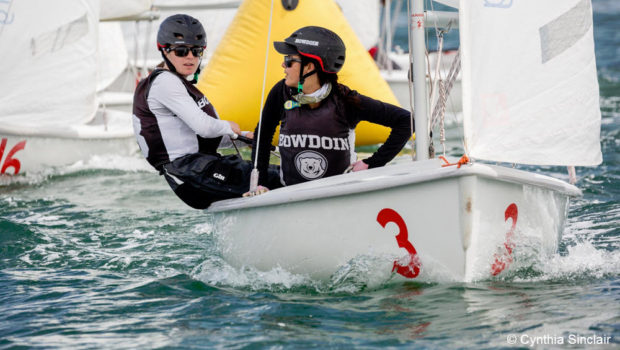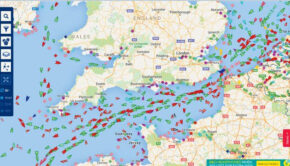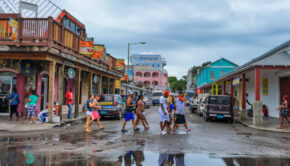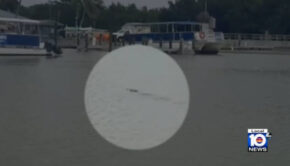Survey: Youth Sailing Head Injuries
Published on May 26th, 2016
Dr. Rick Sullivan, a US Sailing Judge and Umpire, has been investigating the prevalence of head injuries in youth sailing and what, if anything, can be done to limit injuries. Here is an update..
Thanks to the responses I have received to my survey, which came from many sailing programs in the US and from distant places like Wicklow Ire, Australia and New Zealand, I have amassed the data which includes 6218 sailors involved in junior sail programs, race teams, and some high school programs totaling about 318,333 hours of sailing in the past year.
From this data and comments from program directors, it appears that sailing is much like any other childhood activity with its inherent risk for injury, in particular head injuries possibly similar to soccer, basketball, baseball, and cheerleading.
Out of the 6218 sailors, there were 83 head injuries that required evaluation and kept the person out of their activity. Seventeen calls were made to emergency medical services (EMS) to deal with the injured child. Most injuries occurred while sailing or racing in the wind range of 9-20 knots (ideal sailing conditions).
However, 25% of “hits” occurred while rigging and launching boats or sailing in light air. Injuries were seen in pram-type boats and sloop rigged dinghies or “420” type boats, with more reported in sloop rigged dinghies as they made up the majority of the boats used in my sample population.
Comments from program directors indicate that often the sailor is well aware of their own equipment and are struck in the head by another boat who is gybing around the mark in a tight rounding or inadvertently hit in the head while aiding another sailor. The 5-9 year olds, although not seriously injured, may benefit from headgear to prevent the tears incurred in a minor boom hit.
Some individuals/programs do wear helmets; many have helmets for those who wish to use them and are considering recommending them on high speed catamarans and in wind velocities over 12 knots. Most find that they are more readily accepted by the younger child and not so much the adolescent.
The economic impact on 17 EMS calls likely totals in excess of $25,000 ($500 transport and $1500 ED costs). Not estimated is the additional cost of lost time from work and inconvenience for the parents of those individuals.
Three sources for helmets used in college sailing include:
• Forward WIP
• Shred Ready
• Northwest River Supplies
So I have a few suggestions for how to make the sport safer and not scare away any new potential sailors:
1. When introducing our programs, compare them to other limited contact activities which children participate in like basketball, baseball, soccer, gymnastics and cheerleading which all have inherent risk of injury.
2. Make sure your area is safe and supervised and you have a written safety plan in place including where one takes an injured sailor for EMS to pick up in the event of a serious injury.
3. Consider padding the ends of the boom, especially in Opti boats to lessen the likelihood of a significant hit to a sailor in another boat during a jibe at a bark rounding.
4. In boats with a low boom, such as FJs raise the height of the boom 2-3 inches with the aid of an inexpensive mast extend or at the top of the mast. MIT has information on this option.
5. Have sample helmets available in various sizes with the logo of your program and consider having some available for sailors to use if they wish.
6. Make sure your sailors have situational awareness at all time so they can avoid injuries.
7. Recommend people with previous head injuries consider use of a helmet.
Bottom line? Keep the sport fun but also make it safe.









 We’ll keep your information safe.
We’ll keep your information safe.